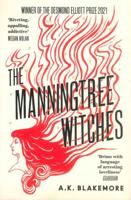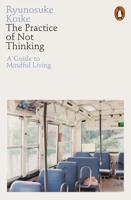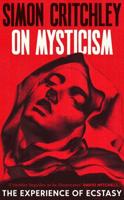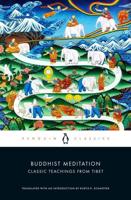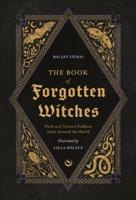Publisher's Synopsis
THE WAY OF INITIATION
A way to transcendentalism
THE SUPER PHYSICAL WORLD AND ITS GNOSIS- In this practical age and because of the many various claims of the day, it is but natural that people, who hear of transcendentalism should at once ask the question: "How may we for ourselves know the truth of such statements?"
- Indeed, it is noticeable, as a characteristic of the majority, that they will accept nothing on faith, or mere "authority," but wish rather to rely entirely upon their own judgment.
- Therefore, when a mystic undertakes to explain something of the super physical nature of man, and of the destiny of the human soul and spirit before birth and after death, he is at once confronted with that fundamental demand.
- Such doctrine, they seem to think is important only when you have shown them the way by which they may convince themselves of its truth.
- Rudolf Steiner is both a mystic and an occultist. These two natures appear in him in perfect harmony. One could not say which of the two predominates over the other. In intermingling and blending, they have become one homogeneous force.
- The true mystic is a man who enters into full possession of his inner life, and who, having become cognizant of his sub-consciousness, finds in it, through concentrated meditation and steady discipline, new faculties and enlightenment.
- The occultist, akin to the mystic, but differing from him as a younger from an elder brother, is a man endowed with intuition and with synthesis, who seeks to penetrate the hidden depths and foundations of Nature by the methods of science and philosophy that is to say, by observation and reason, methods invariable in principle, but modified in application by being adapted to the descending kingdoms of Spirit or the ascending kingdoms of Nature, according to the vast hierarchy of beings and the alchemy of the creative Word.
- Rudolf Steiner (1861 - 1925) was an Austrian philosopher, social reformer, architect, economist, esotericist, and claimed clairvoyant. Steiner gained initial recognition at the end of the nineteenth century as a literary critic and published philosophical works including The Philosophy of Freedom. At the beginning of the twentieth century he founded an esoteric spiritual movement, anthroposophy, with roots in German idealist philosophy and theosophy; other influences include Goethean science and Rosicrucianism.
- In the first, more philosophically oriented phase of this movement, Steiner attempted to find a synthesis between science and spirituality. His philosophical work of these years, which he termed "spiritual science", sought to apply the clarity of thinking characteristic of Western philosophy to spiritual questions, differentiating this approach from what he considered to be vaguer approaches to mysticism. In a second phase, beginning around 1907, he began working collaboratively in a variety of artistic media, including drama, the movement arts (developing a new artistic form, eurythmy), Waldorf education, biodynamic agriculture, and anthroposophical medicine.

